Understanding Quadrilaterals Class 8 – Printable Worksheets: A Smart Tool for Learning at Home.
Quadrilaterals are a fundamental concept in geometry that students learn in Class 8. Understanding Quadrilaterals Class 8 is essential for mastering more complex geometrical concepts later on. In this article, we will explore the basics of quadrilaterals and how they are classified.
When we talk about quadrilaterals, we are referring to shapes with four sides. These sides can be of different lengths and angles, but the key is that they form a closed figure. Quadrilaterals play a crucial role in various real-world applications, such as architecture, engineering, and design.
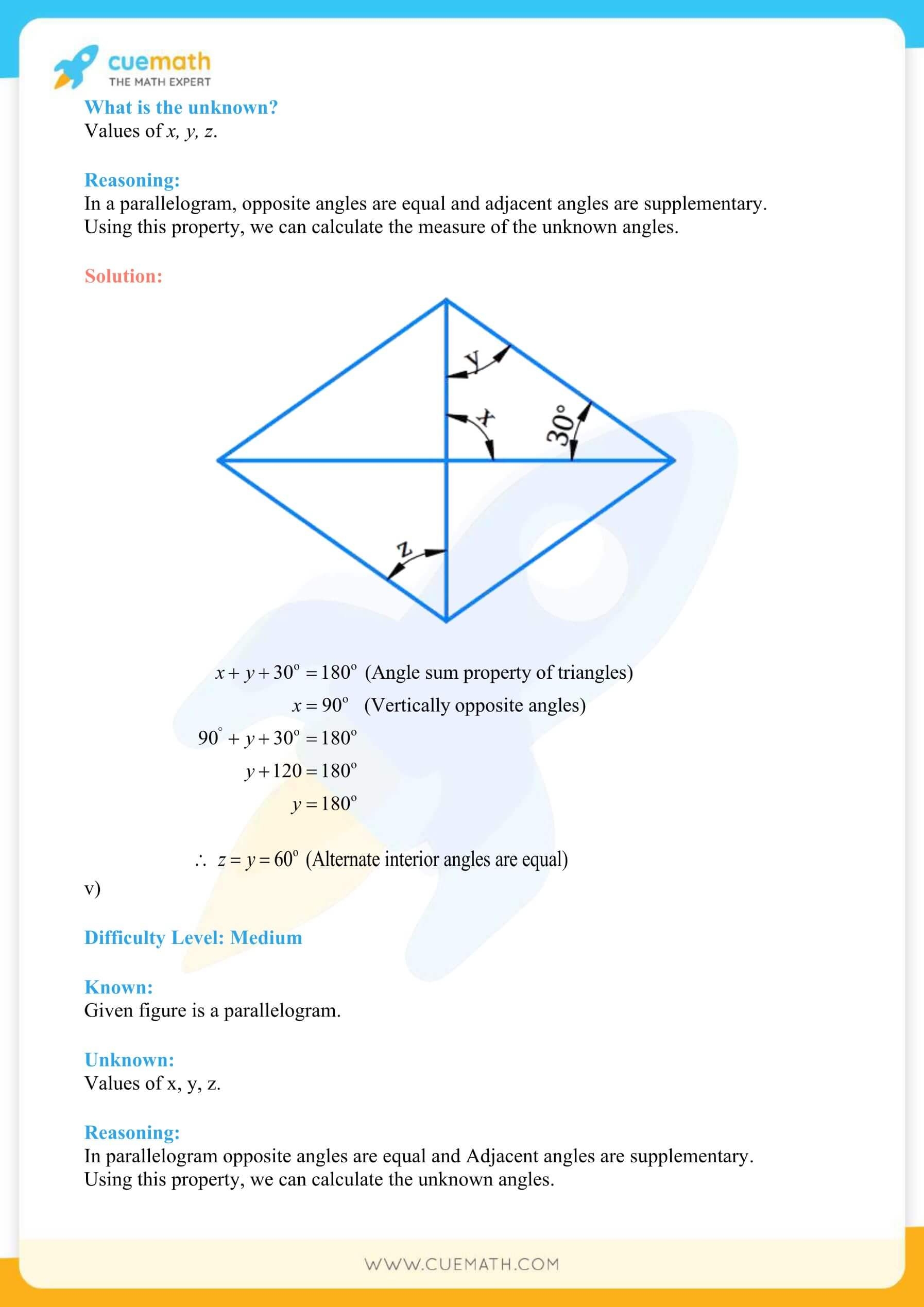 Understanding Quadrilaterals Class 8 Formulas
Understanding Quadrilaterals Class 8 Formulas
Understanding Quadrilaterals Class 8 Explained
Understanding Quadrilaterals Class 8 are downloadable sheets you can print and use anytime. They include math problems, grammar tasks, and even coloring pages. Their flexible use makes them perfect for enriching lessons at home.
In this modern learning age, educational printables are an essential resource for anyone supporting a child’s learning. Whether your child is learning remotely or supporting after-school study, these worksheets deliver organized learning in a fun and engaging way.
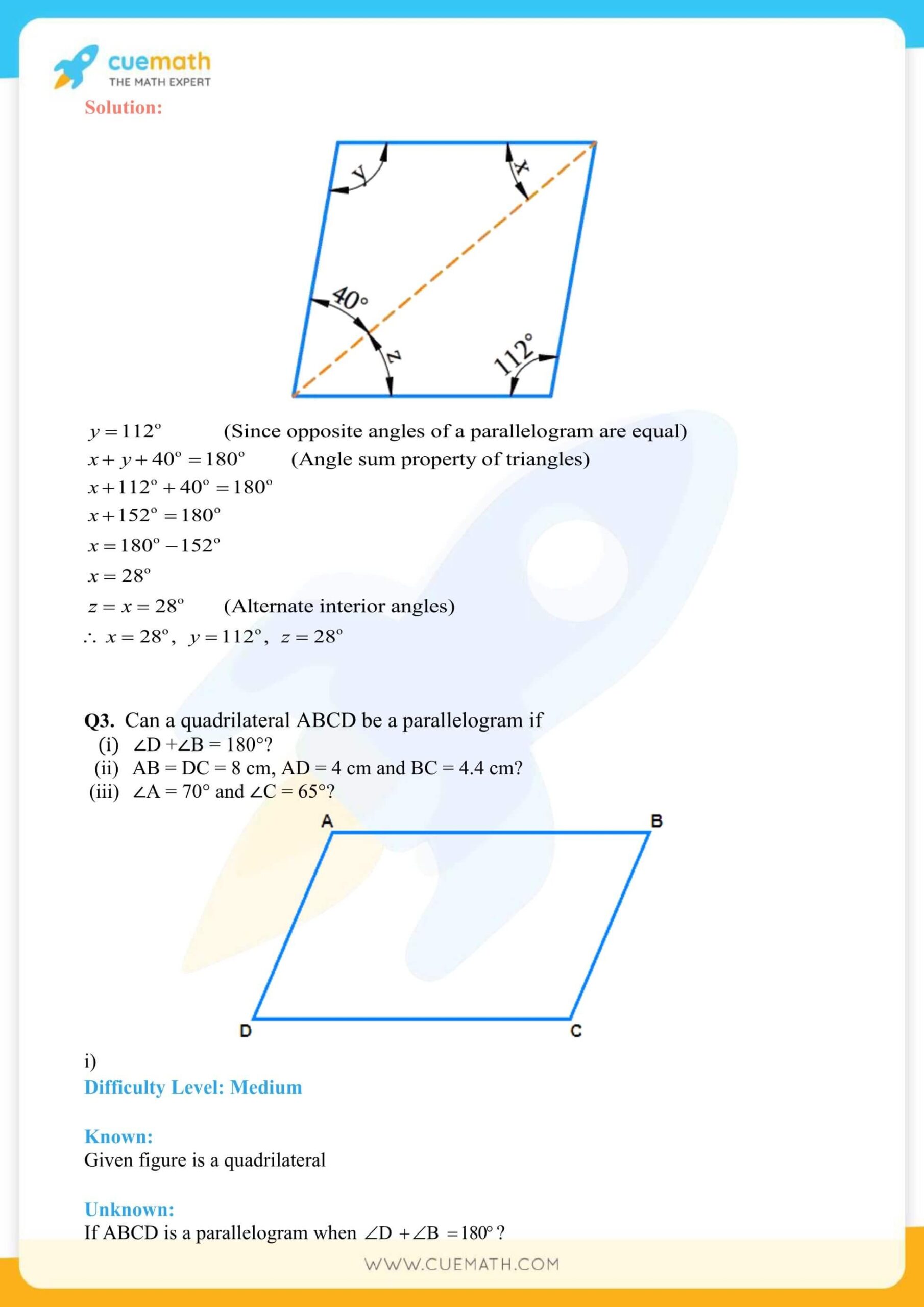 Understanding Quadrilaterals Class 8 Formulas
Understanding Quadrilaterals Class 8 Formulas
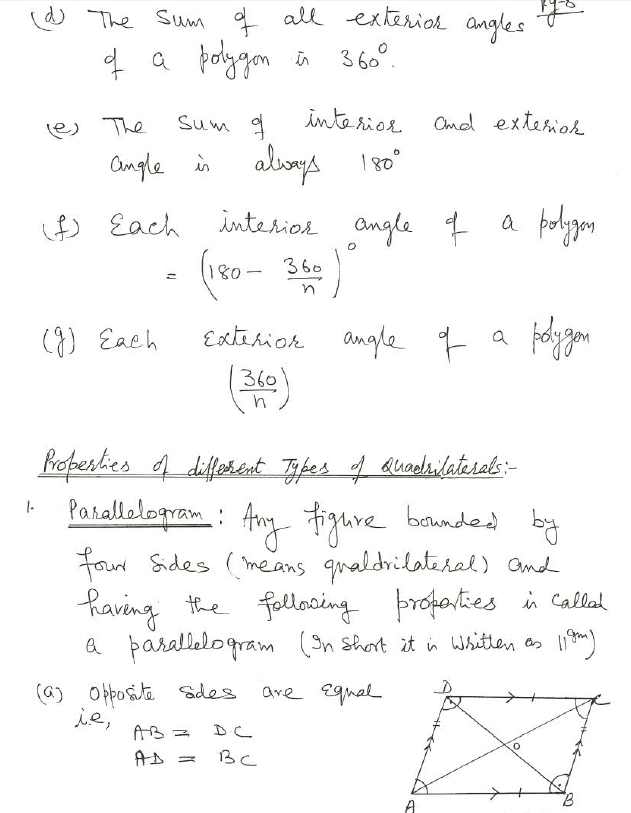 Understanding Quadrilaterals Class 8 Formulas
Understanding Quadrilaterals Class 8 Formulas
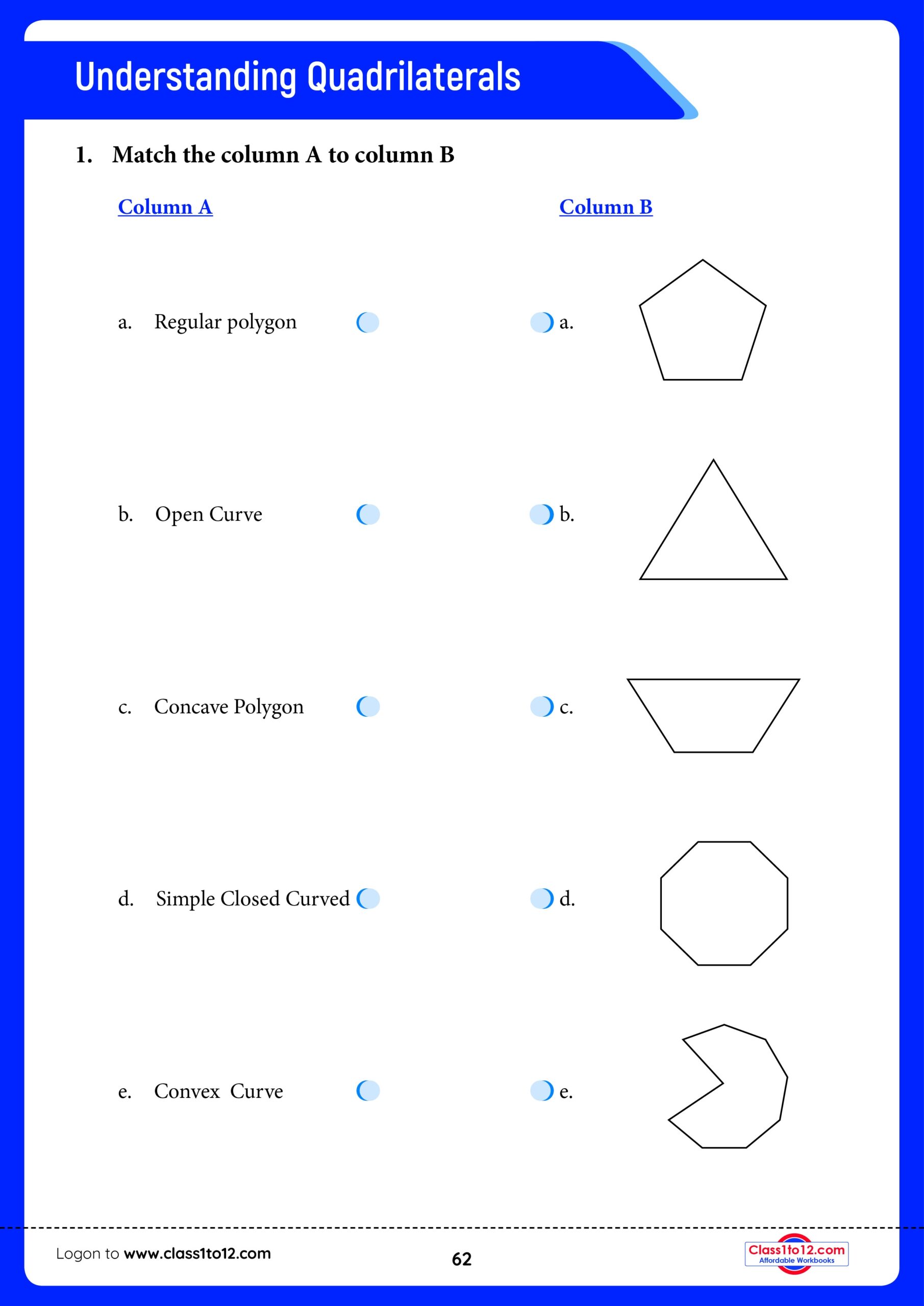 Class 8 Understanding Quadrilaterals Chapter 3 Worksheet Class1to12
Class 8 Understanding Quadrilaterals Chapter 3 Worksheet Class1to12
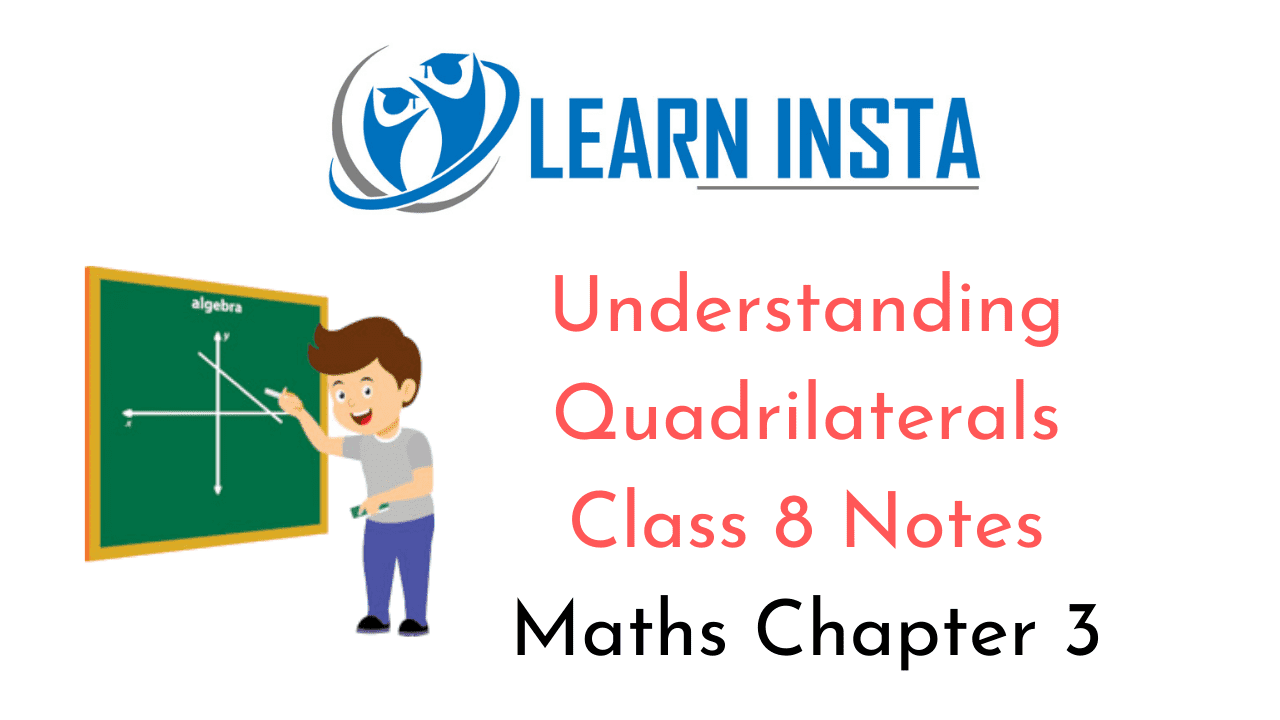 Understanding Quadrilaterals Class 8 Notes Maths Chapter 3
Understanding Quadrilaterals Class 8 Notes Maths Chapter 3
Why Use Understanding Quadrilaterals Class 8??
The key benefit of printable worksheets is their customization. You can target specific learning areas. Plus, they’re a digital-free solution for learning—perfect for breaks from gadgets.
Understanding Quadrilaterals Class 8
There are different types of quadrilaterals, each with its unique properties. Some common examples include squares, rectangles, parallelograms, rhombuses, and trapezoids. Classifying quadrilaterals based on their properties helps us understand their characteristics and relationships.
For instance, squares have four equal sides and four right angles, making them a special type of quadrilateral. Rectangles also have four right angles but may have unequal side lengths. Parallelograms have opposite sides that are parallel and equal in length.
Rhombuses, on the other hand, have four equal sides but do not necessarily have right angles. Trapezoids have one pair of parallel sides, which distinguishes them from other quadrilaterals. Understanding these distinctions is vital for solving geometric problems and proofs.
In Class 8, students learn to calculate the perimeter and area of different quadrilaterals. They also study concepts such as diagonals, angles, and symmetry in quadrilaterals. These foundational skills lay the groundwork for more advanced geometry topics in higher grades.
Overall, mastering the concept of quadrilaterals in Class 8 is crucial for building a strong foundation in geometry. By understanding the properties and classifications of quadrilaterals, students can enhance their problem-solving skills and analytical thinking. Practice and application of these concepts are key to excelling in geometry and related fields.
Whether you are a student, teacher, or parent, grasping the fundamentals of quadrilaterals is essential for academic success. Encouraging curiosity and exploration in geometry can lead to a deeper understanding and appreciation of the world around us.